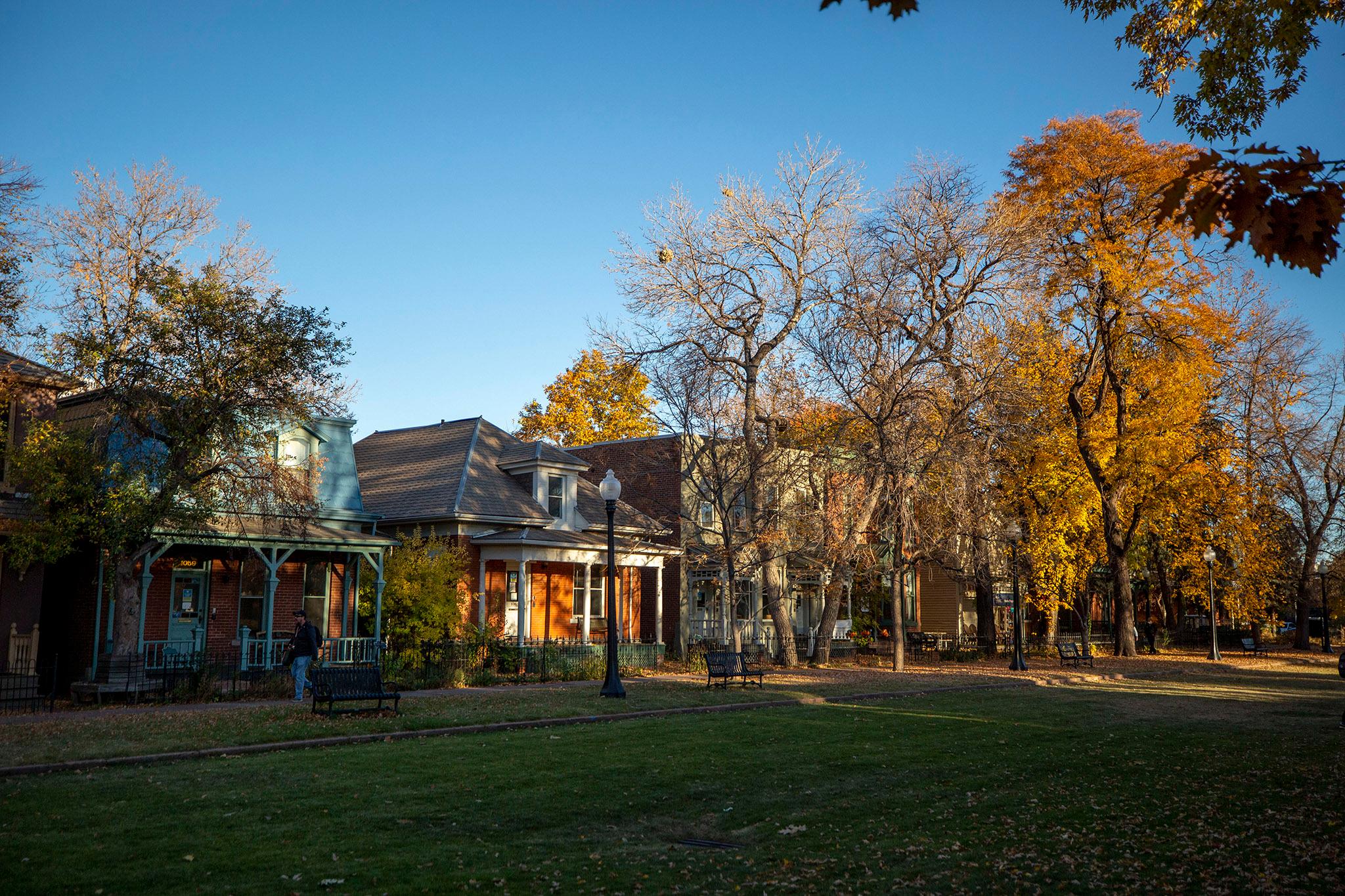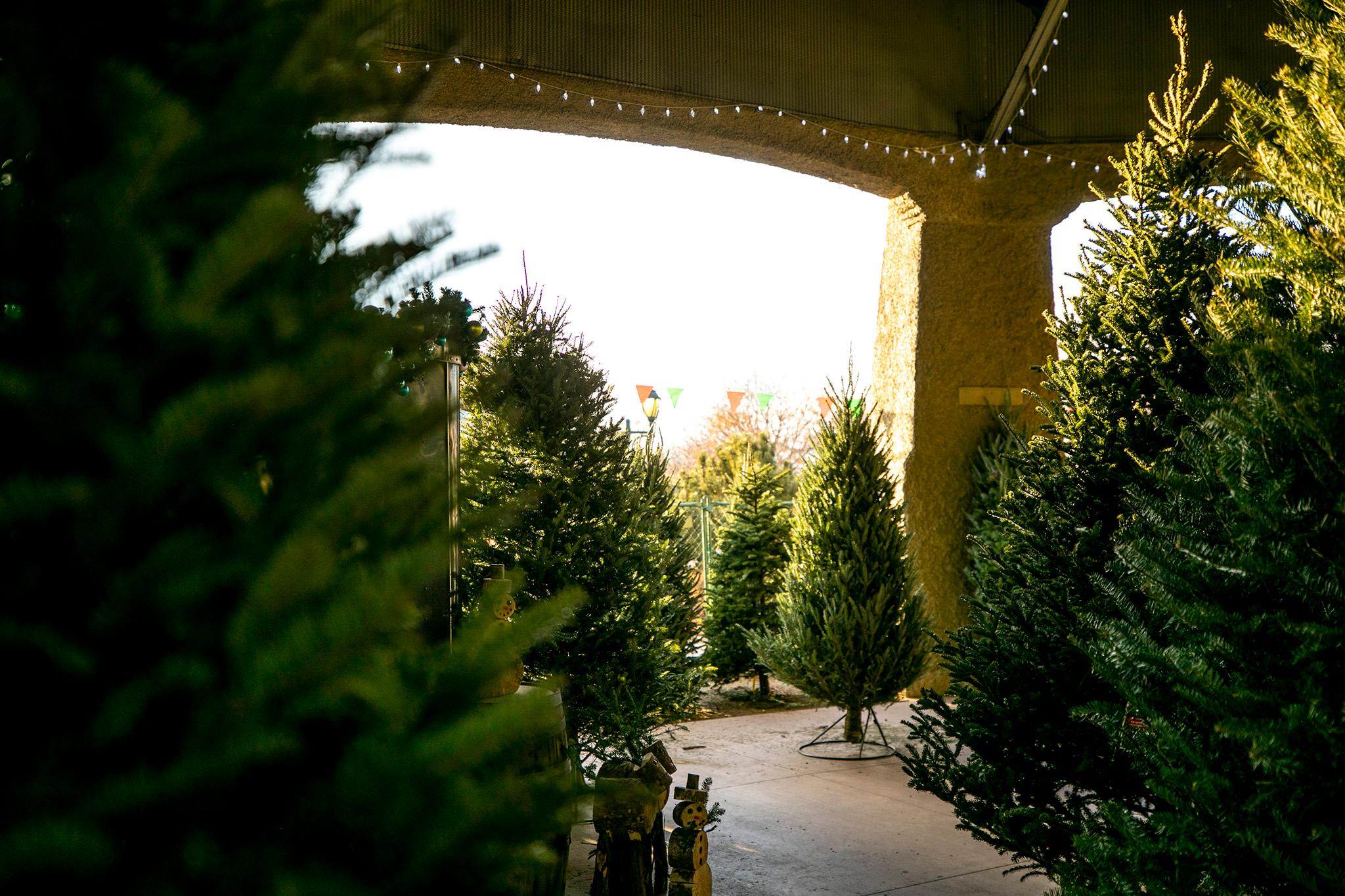A group of historic preservationists convening in Denver this week are setting their sights not on one of the city's iconic landmarks like the Molly Brown House, but on a row of middle-class homes downtown.
Latinos in Heritage Conservation is a national organization dedicated to preserving historic sites that reflect the contributions of Latinos and their communities. The group is holding its biennial convention, called Congreso, in Denver through Sunday.
One session will showcase Denver's 9th Street Historic District, which preserved a handful of homes when a largely Latino neighborhood was razed to make way for the Auraria campus in the 1970s.
That preservation effort 50 years ago was ahead of its time in many respects. After the National Historic Preservation Act passed in 1966, early preservation guidelines favored grand buildings and beautiful architecture, said Annie Levinsky, executive director of Historic Denver.
"But that instantly skewed to preserving buildings built by the affluent," she said.
More modest buildings, like the homes in the 9th Street District, were overlooked and often destroyed, even though they represented sites where communities thrived and important history happened.
Desiree Aranda co-founded Latinos in Heritage Conservation in 2014 to draw attention to these overlooked historic places.
"Our communities have such important, rich histories and contributions that we've made to the history of the United States," Aranda, who serves as the organization's co-chair, said. "Except we don't hear the stories very often reflected in our local, state, and national official designations or registries."
The University of Colorado Denver recently pledged to increase funding for the 9th Street Historic District as part of its effort to acknowledge the community that once lived there.
Congreso will also feature a tour of the La Alma Lincoln Park Historic Cultural District, which Denver formed in August 2021. Encompassing a neighborhood southwest of downtown, it's one of the first historic districts in the country celebrating the civil rights era Chicano movement. Elaborate cultural murals are some of the area's highlights.
For Aranda, drawing attention to these neighborhoods and the history they represent is personal. Her grandparents lived in a historically Latino neighborhood in Tempe, Arizona, and were displaced when it was razed for redevelopment in the 1950s.
"For many of us, that's why this work is so important," she said. "It's a way of honoring our grandparents, our ancestors and our communities, and their contributions; the pain and struggles, but also the joys that they've had."










